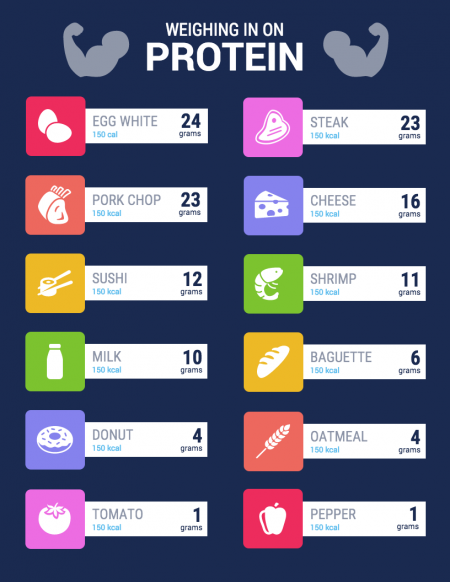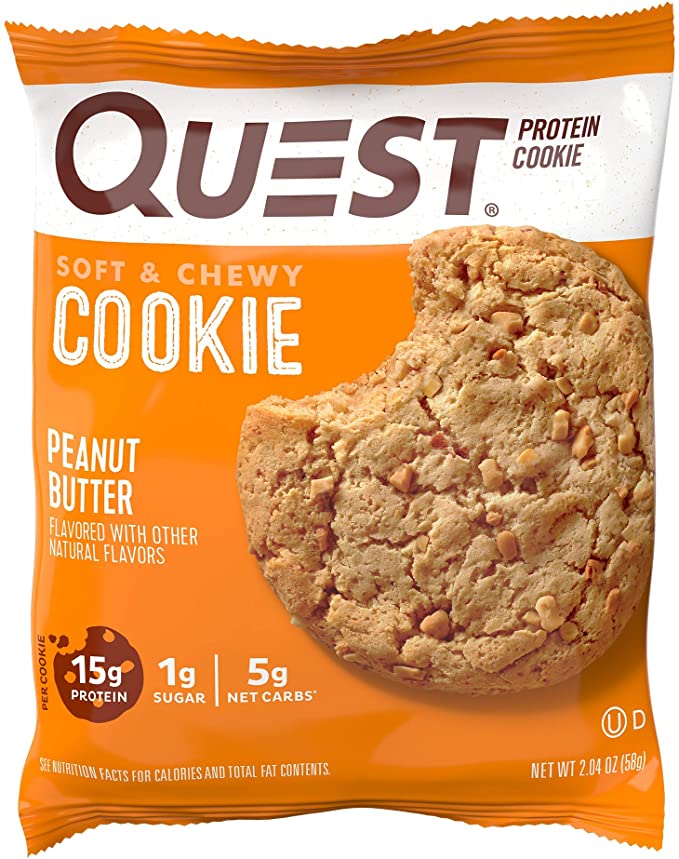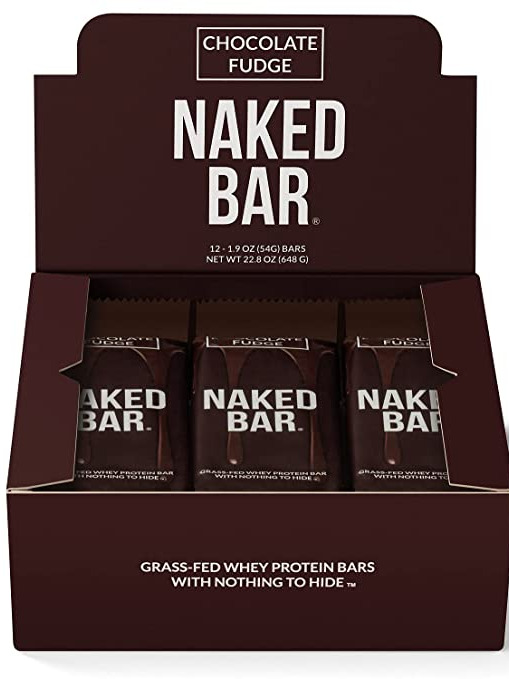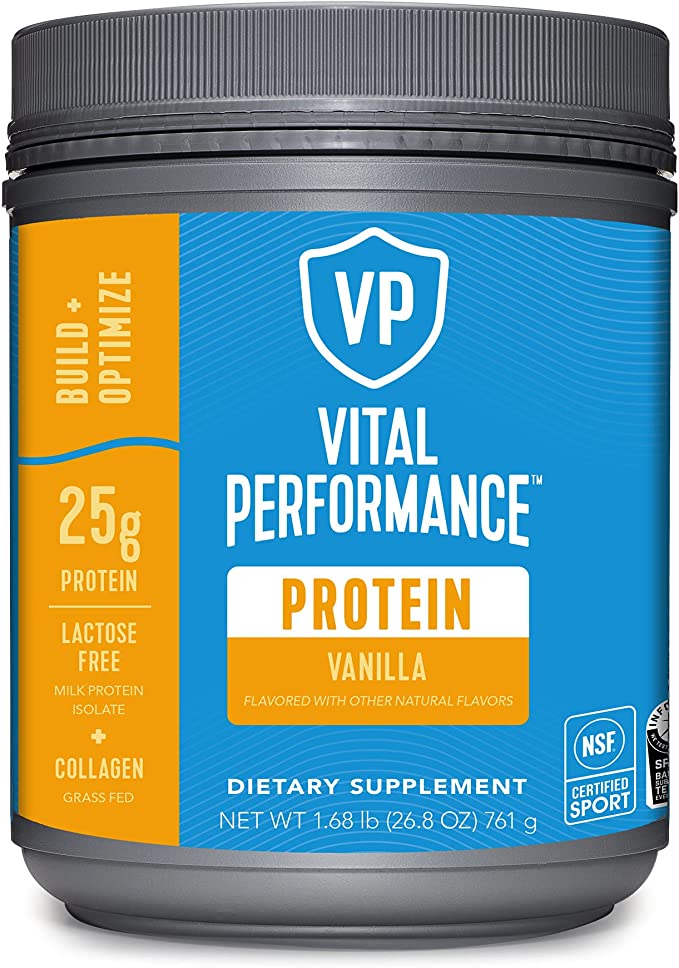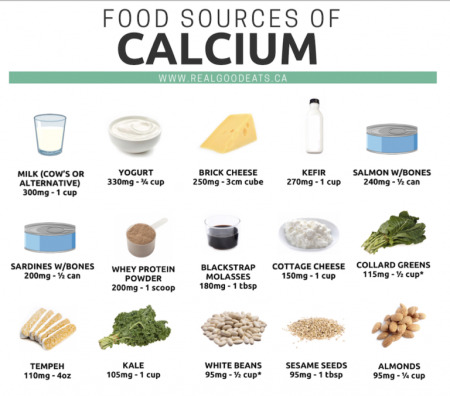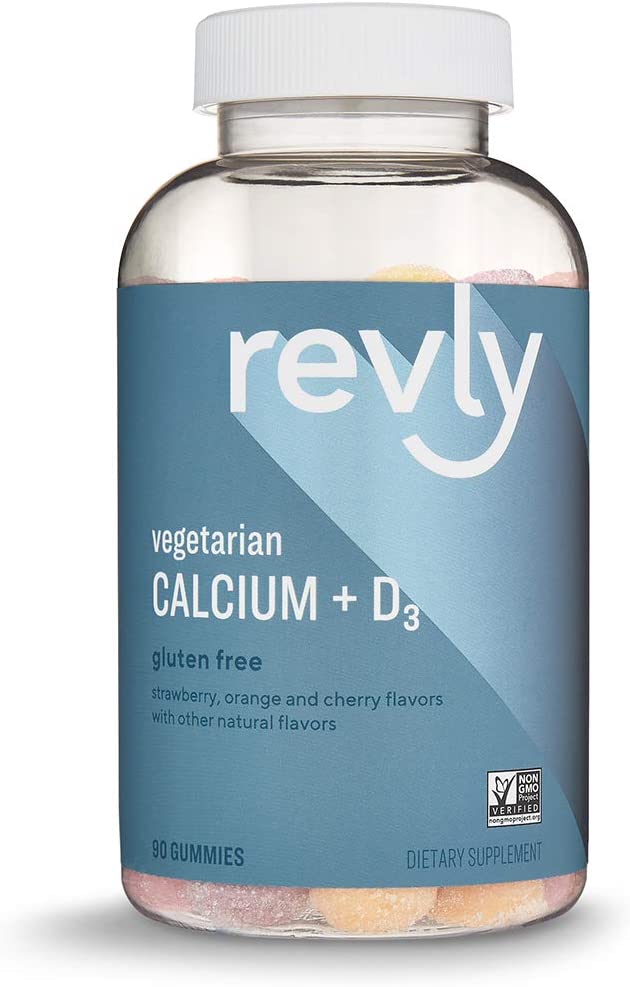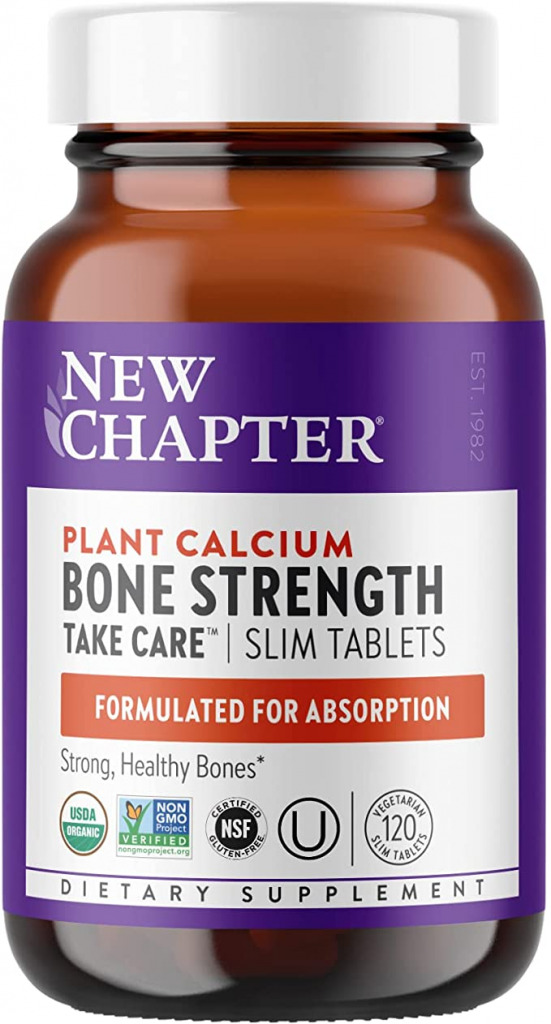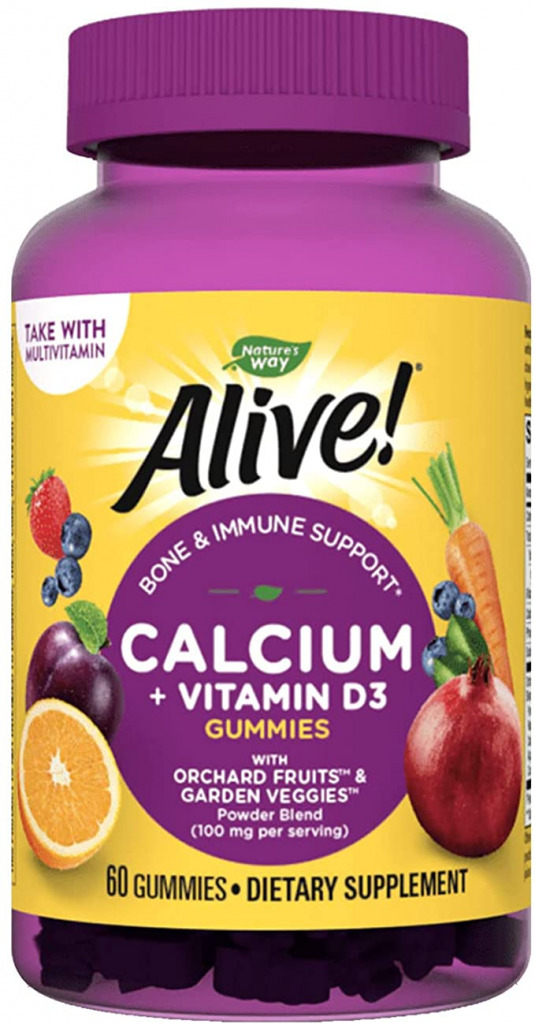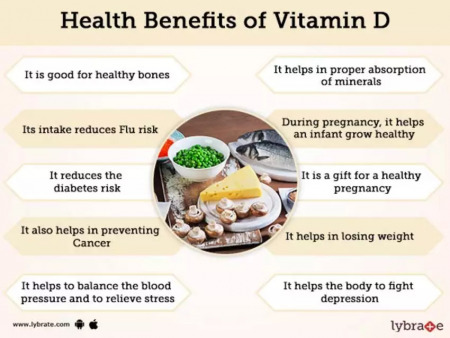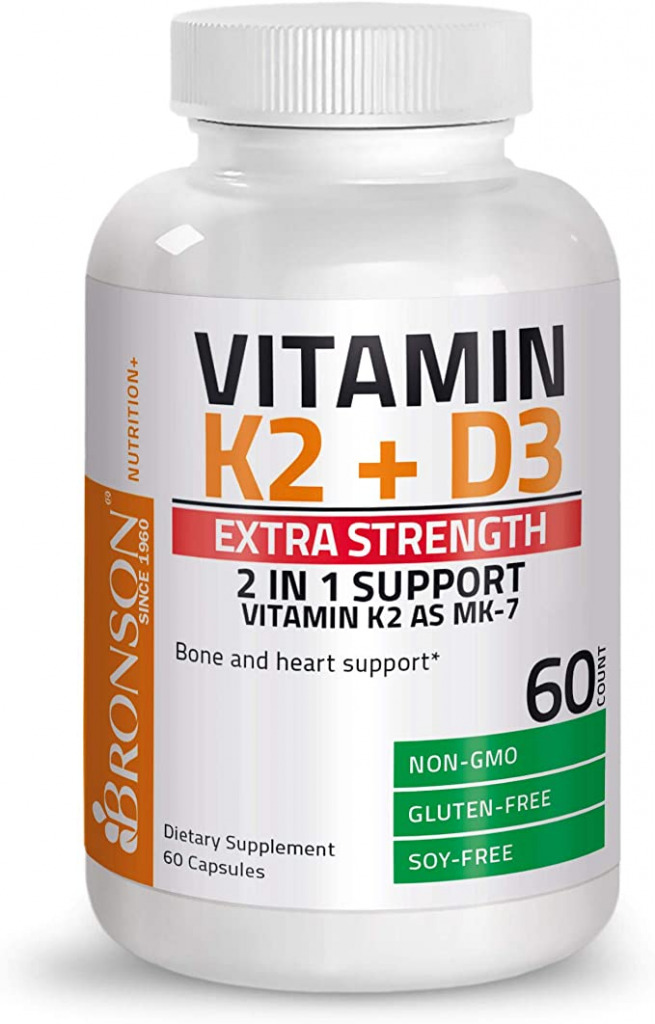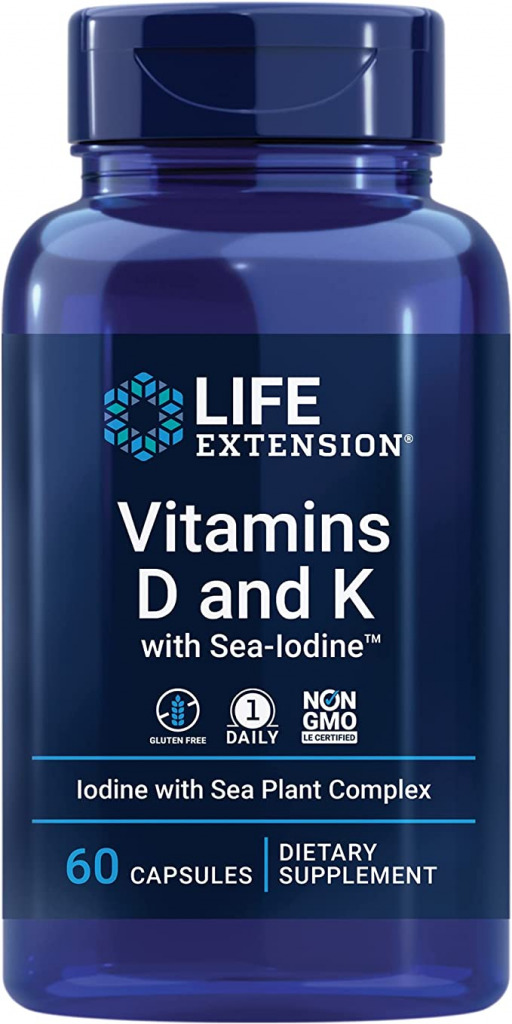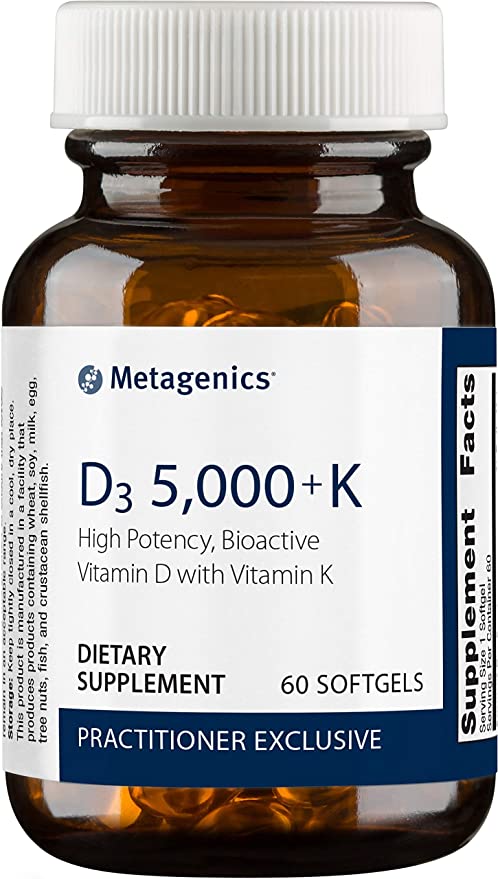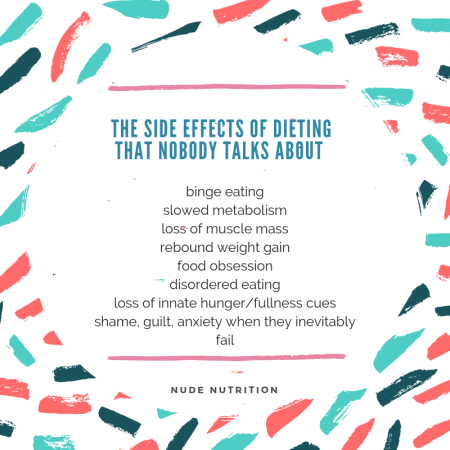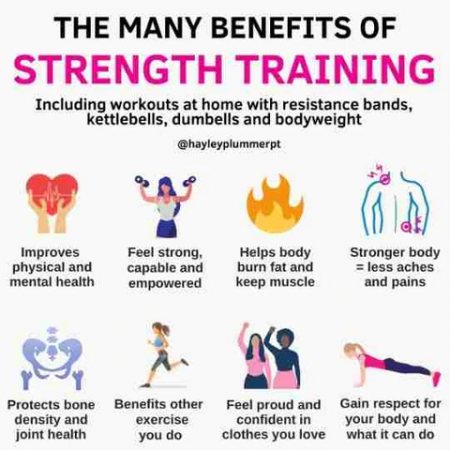March 13th marked the end of one era, the start of one anew. We sprung our clocks forward, lost an hour of sleep, and arose from our slumber groggy and confused.
Welcome back, Daylight Saving Time. I’m pissed at you now, but I’ll appreciate you later.
As a runner, eventually I perk up at the phrase, “extra hour of daylight.” That means no more tugging on my running tights at zero-dark-thirty, no more fumbling around for a half-charged headlamp to join the 6:30 p.m. group run, because we still have plenty of time to get it in before sunset.
Springtime also marks the start of race season, a phrase that always delivers a dopamine hit to the brain, at least for our particular breed. ‘Tis the season for our social media stories to be swamped with reels of pre- and post-race rituals, routines that make our non-running friends cringe but only make us giddy for more.
If you’re not part of the tribe, you probably also scoff at how often we reference our Strava segments; but, trust me, we really strive to achieve “local legend” status, a title that’s directly responsible for stoking our self-esteem.
From “personal record” to “VO2max,” we runners take pride in our peculiar vocabulary. But if there’s one specific term that can instantly darken our day, it’s – wait for it – stress fracture.
A stress fracture isn’t your typical bone break that occurs suddenly upon impact with the ground. For a runner, a stress fracture is far more insidious. It’s a fracture that develops over time from repeated pounding, and the only sure-fire cure is a dirty word: rest.
If you’re like me and you need your daily run (or workout) to keep you even-keeled, then hearing you have a stress fracture feels like death by a thousand cuts. But of all the potential problems that runners and athletes are prone to, stress fractures are among the most common, accounting for around 31 percent of all running injuries. And you know what else sucks? Women are twice as likely to suffer them compared to men.
What Causes Low Bone Density?
While the causes of stress fractures are multifaceted, there’s often one common denominator: suboptimal bone health; that is, low bone density or bone mass. In simple terms, that means that if your bones are weaker than they should be, they can’t withstand the stress of physical activity, and they become particularly prone to injury.
If you’re breathing a sigh of relief because you prefer to stay more sedentary, don’t turn away just yet. This buzz about bone health doesn’t just apply to athletes; it should be a concern for all women, especially as we move through the aging process. If you know a friend or family member with osteoporosis — a condition in which the bones become weak and brittle, leading to frequent fractures and breaks — then you know how the disease can cause disability and health problems later in life.
How does a woman develop osteoporosis? The culprit is, of course, low bone density that can progress to more serious bone loss after menopause, when estrogen levels drop significantly. During the menopause journey, it is estimated that women lose up to 20 percent of their bone mass, and 1 in 10 women over 60 go on to suffer from osteoporosis.
But there’s good news, ladies: Whether you’re a serious athlete, a weekend warrior, or your catchphrase is “Netflix and chill,” osteoporosis can be prevented — as long as you’re proactive in protecting your bones before they become brittle and break. Though most people reach their peak bone density between ages 25 and 30, we can take steps at any stage of life to keep our bones healthy and strong — so we can live out our golden years full of silver linings.
Sticks and stones don’t have to break your bones! From revamping your diet to resistance training, these straight-forward practices can help you achieve your optimal bone density (and live your best life).
How To Improve Bone Density
Pack In The Protein
We’ve touted the benefits of protein before, and for good reason — it’s the so-called building block of muscle growth. But a true multitasker, this macronutrient also promotes long-term bone health. Studies have shown that, in older adults, higher total protein intake is associated with increased bone density and a reduction in fractures, especially in post-menopausal women. The trend rings true even during calorie restriction in women seeking weight loss where, in one study, women who consumed a greater percentage of calories from protein preserved more bone mass than those whose diets contained a lower percentage of protein.
Where can a girl turn for a protein-packed meal? The opportunities are endless! Rich sources of protein include meats, fish, eggs, cheese, nuts, legumes, beans, and more.
Keep Up The Calcium
Don your best milk mustache, because calcium is the most important mineral for your bones! But “Our bodies don’t make calcium, so we have to eat it or our bodies will take what it needs from our bones,” warns Sarah Skovran, R.D.N., L.D., a registered dietitian nutritionist from Maine.
For women over 50, the calcium RDA (recommended dietary allowance) is 1,200 mg — compared to 1,000 mg for younger women — to lessen bone loss after menopause. “I much prefer my clients to get their calcium from food over supplements. Eat three to four servings of calcium-rich foods daily,” Skovran advises. “This can be dairy products (butter doesn’t count), calcium-rich dairy alternatives, tofu, some leafy greens, some bread products, and soft-boned fish.”
“If you think you aren’t eating enough, consider a small supplement of about 300 mg,” Skovran adds. “If you think you aren’t eating any of these food items and want to supplement more, I absolutely advise getting personalized recommendations from a registered dietitian nutritionist who knows your medical history. Taking large amounts of calcium by supplement is not recommended.”
One more calcium-related caveat: there’s an inverse relationship between the amount you ingest and the percentage you absorb. For this reason, it’s best to spread your calcium intake throughout the day to improve absorption.
Take Your Vitamins
Even with a calcium-rich diet, your body can only absorb this mineral in the presence of Vitamin D — a nutrient that many people are deficient in.
“Our bodies make this from the sun, but most people don’t get enough sun to make enough Vitamin D – especially people who are following sunscreen recommendations,” explains Skovran. “Additionally, very few foods contain Vitamin D – fatty fish and some mushrooms, plus fortified foods. So this is the one time I broadly recommend supplements for everyone!”
Since this vitamin plays such a vital role in bone health, a Vitamin D level of 75 nmol/l in the blood is generally recommended to protect against osteoporosis and other bone diseases. “Determining how much to take can be tricky and should be left up to each individual person’s needs,” Skovran says. “You don’t want to take too much.”
Don’t forget the other calcium counterpart that helps to promote bone health: Vitamin K, which activates a protein called osteocalcin that holds calcium to the bone. In other words, Vitamin K helps protect your bones from calcium loss, among other important functions.
“Vitamin K is not one but many nutrients, with different functions from blood clotting to reducing inflammation to determining where calcium gets deposited in our bodies,” Skovran explains. “Having lower Vitamin K levels is associated with higher risk of fractures.”
Where should you seek out this underrated nutrient? “You can find some forms of Vitamin K in leafy greens and broccoli, and lesser amounts in blueberries, grapes, and carrots – but you might need to supplement for K2,” notes Skovran. “Lots of calcium supplements are now starting to include Vitamin K.”
Ditch The Diet
We despise toxic diet culture. So much so that we’ve lambasted it over and over — especially for its deleterious effects on women’s psyches. Here, we present yet another reason to ditch the diet: calorie restriction leads to significant reductions in bone density, even in women who are classified as clinically obese.
“We live in a fat-phobic society that tells everyone, but especially women, that thinness equates to worth and beauty. I’ve seen many women of all ages who chronically eat and over-exercise in order to maintain a low body weight,” points out Dr. Elena Moore, who practices integrative medicine in Vancouver, B.C.
“This can affect your bone density in two ways,” Moore warns. “One, it can decrease estrogen levels that are crucial to healthy bone formation and maintenance; and two, the lack of calories can cause the body to start taking energy from your muscle mass, which, again, is needed to maintain bone density.”
Stick To Your Strength Training
For many obsessive runners (including me, until last year), the phrase “strength training” elicits a shudder similar to “stress fracture.” After all, who has time to lift weights during race season?
Spoiler alert: we all do, if we’re striving to avoid a fateful fracture. Studies show that weight-bearing and resistance exercises can both strengthen bones in young adults and prevent bone loss in older adults, especially post-menopausal women.
“One of the main strategies to improve bone density is to perform strength training,” affirms James Shapiro, M.S., C.E.S., P.E.S., a performance coach and personal trainer in Los Angeles. “This is based on the osteoblasts building bone density, using calcium to help against any deformation and build stronger bones.”
“The best direction here is to perform compound movements,” Shapiro recommends. “These are exercises that require multiple joints and muscle groups to coordinate together to perform a single action.”
What does this all mean if you’re a beginner to the workout bench? “Squats, deadlifts, chin-ups, overhead pressing, rowing, and lunging are just a few examples,” Shapiro says. “Some can be performed with kettlebells, dumbbells, and barbells, while others require bodyweight as the first level of progression (chin-ups and lunging).”
But wherever you are in your bone-building journey, you don’t have to break your back, even figuratively. “There is no need to constantly train at your maximum,” Shapiro assures. “Most results come from consistency and not rapid progression. Longevity and having fun is the goal when it comes to exercise and strength training.”
“Longevity” and “having fun”? Runner or non-runner, no one has a bone to pick with that.
(Stay tuned for Part 2 of this article, where we’ll weigh into specific strength training exercises you can do, in or out of the gym!)

What are your sure-fire strategies for maintaining bone health? Do you have any tips we haven’t covered? Share in the comments!
Read These For More Tips On Staying Healthy As We Age:


